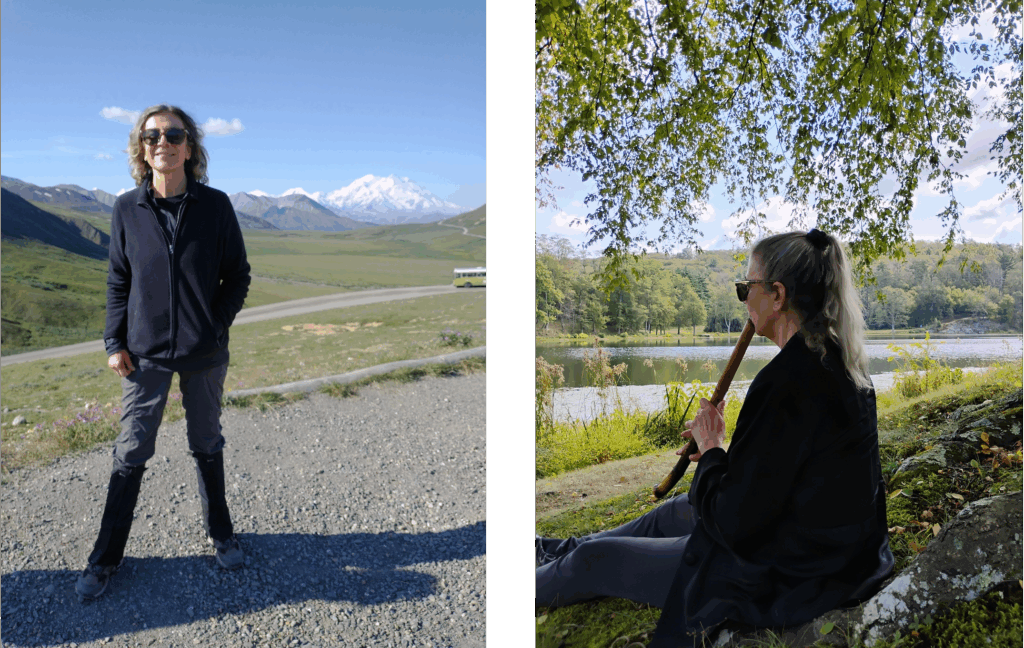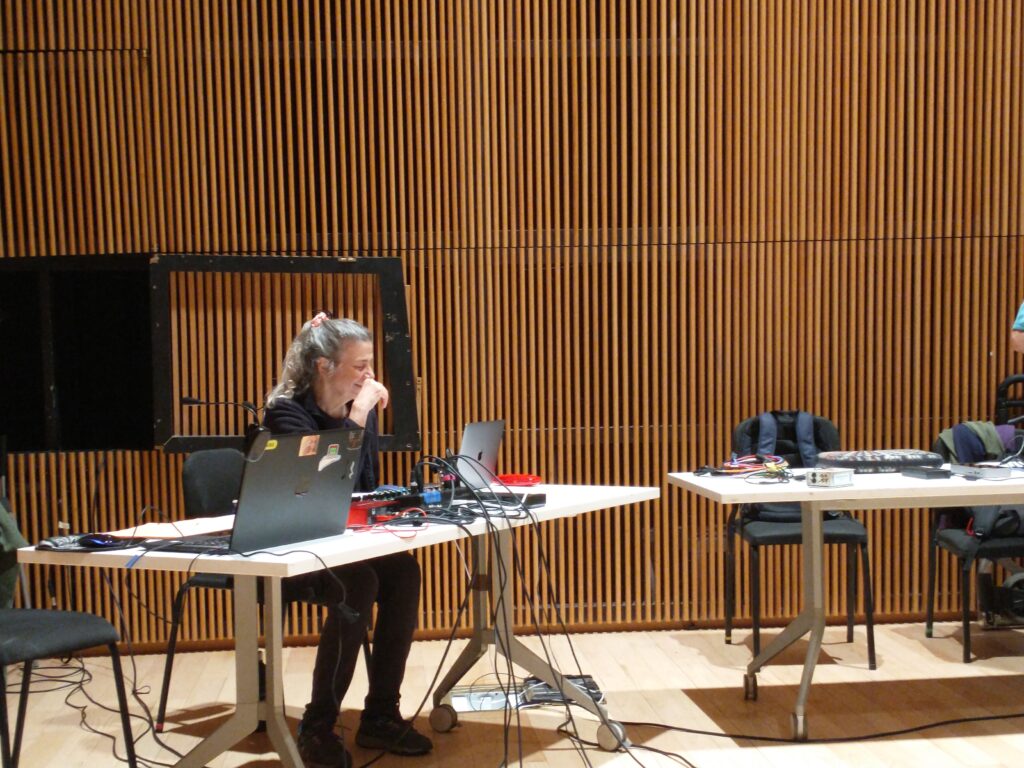Frances White — Composer

I am a composer who writes for a wide variety of instrumental and vocal ensembles, with and without computer-generated electronic soundscapes.
This site contains information about me and my music, including audio excerpts, program notes, CDs, and scores.
Listen


Recordings of many of my compositions are available on SoundCloud, including my recent quintet, falling, away.

There are also videos with my music available on YouTube, including this set of excerpts from my recent opera, Upon Reflection.
Email list

Enter your email address and click “Subscribe” to get news & announcements of concerts featuring my music. And for specific questions and requests for scores, you can e-mail me.
